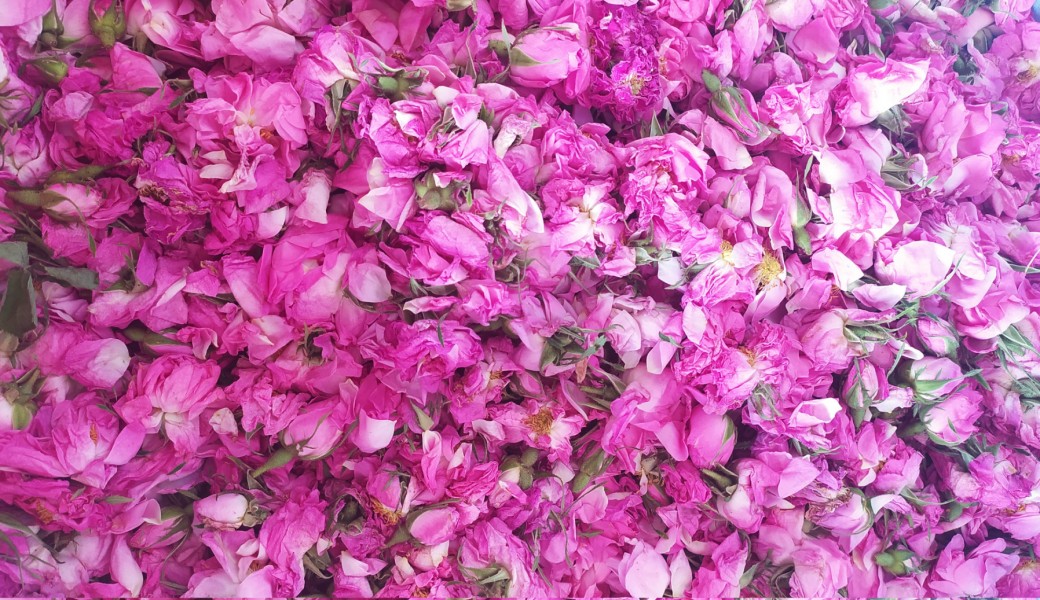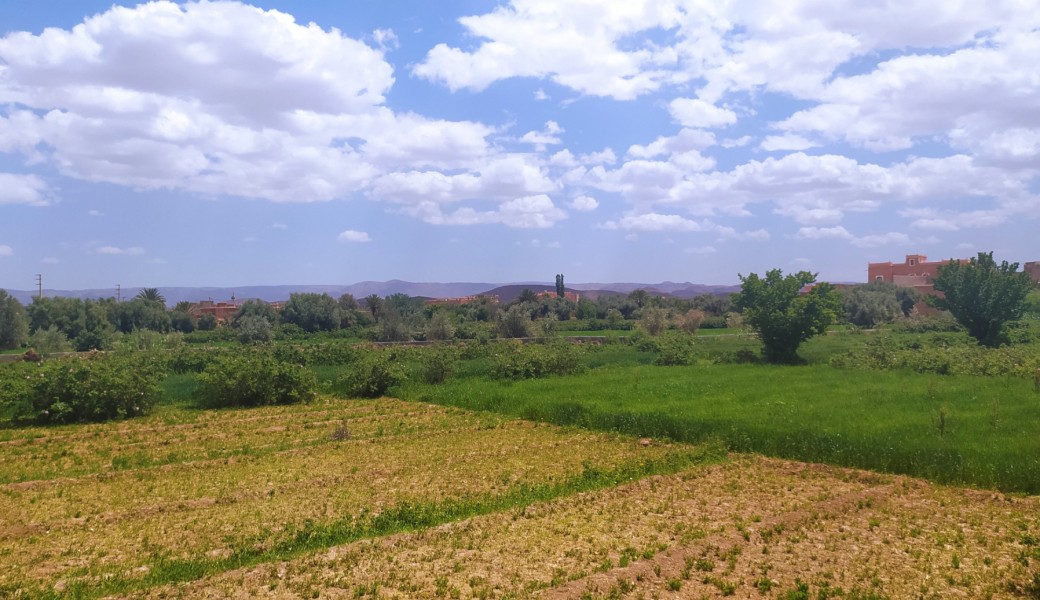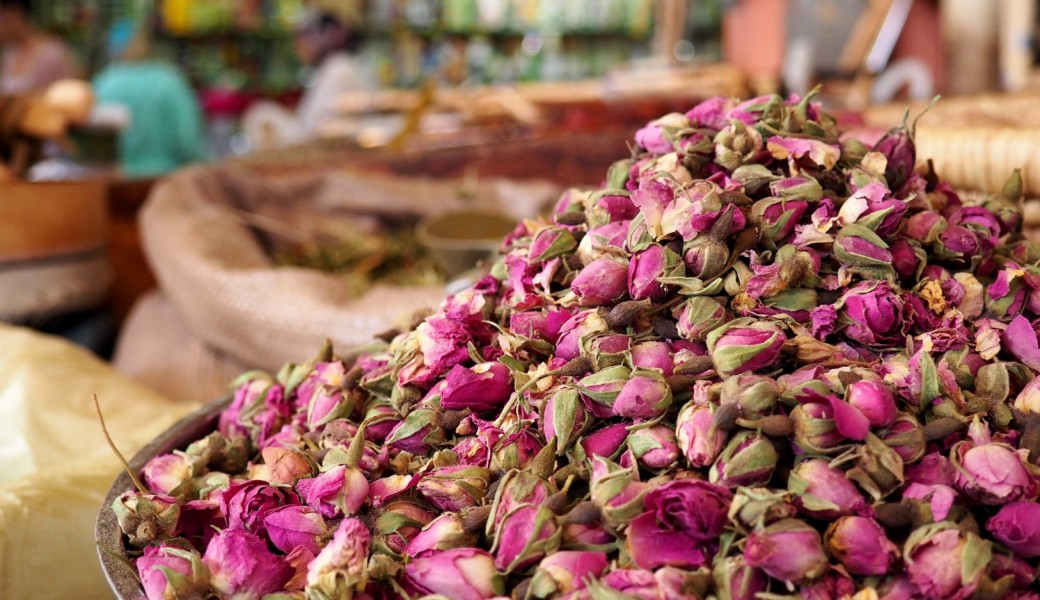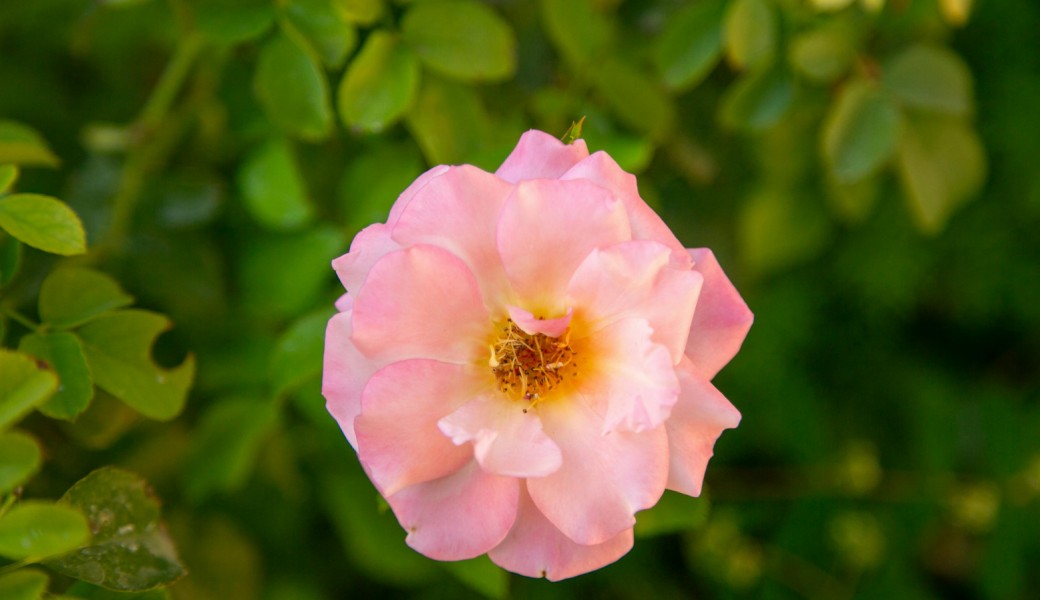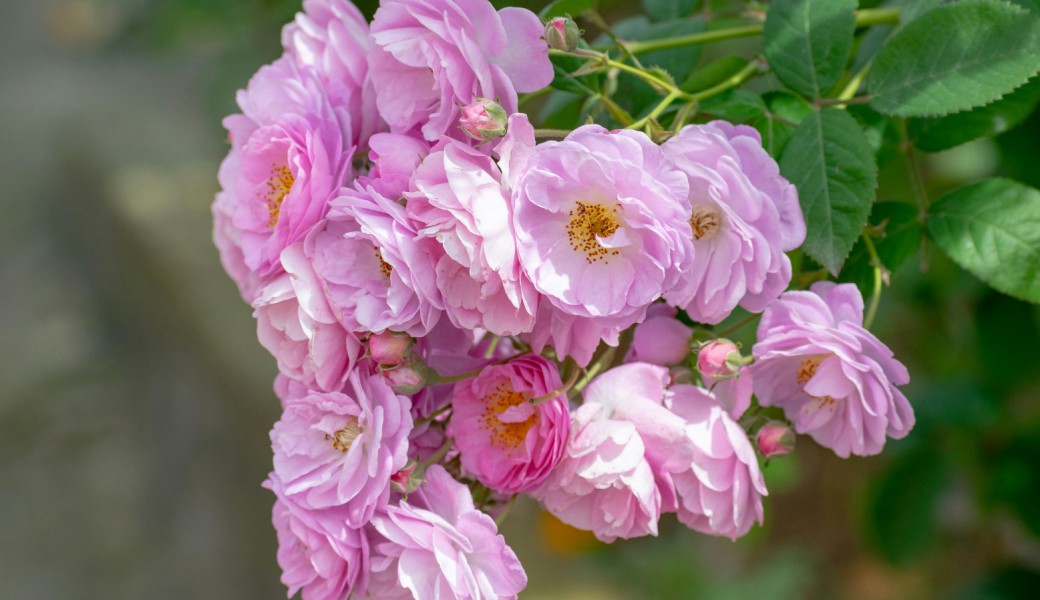The Valley of Roses: Damask Roses
This valley is one of the most beautiful in southern Morocco.
Along the road, the open valley offers gradients of ochre, red, and rose that contrast with the lush green fields along the river.
This valley is one of the most beautiful in southern Morocco.
All along the road, one follows an open valley offering a gradient of ochre, red, and pink, which contrasts sharply with the intense green of the fields lining the river.
This valley is one of the most beautiful in southern Morocco.
Along the road, you follow an open valley that reveals a gradient of ochre, red, and pink, contrasting sharply with the intense green of the fields lining the river.
Here, in a region once populated by dinosaurs, the uplift of the High Atlas Mountains has dramatically folded the sedimentary deposits of the Mesozoic era, shaping strange, undulating mountain reliefs like immense waves of mud.
This gives the area its majestic character.
Many roses are indeed cultivated here, but they bloom only for about a month and a half, from mid-April to the end of May.
Around a thousand tons are harvested each year.
Half of the production is dried, while the other half is distilled to produce rose water or ointments, most of which are exported to Europe.
Four tons of roses are needed to produce one kilogram of extract.
The highly fragrant Rosa Damascena is said to have been brought to Morocco long ago by pilgrims returning from Damascus — hence the name. Although, some claim the opposite: that the famous Damask rose actually originated in Morocco!

Deep local expertise

100% local team

Customizing routes

Rigorous selection

Support for the local economy



